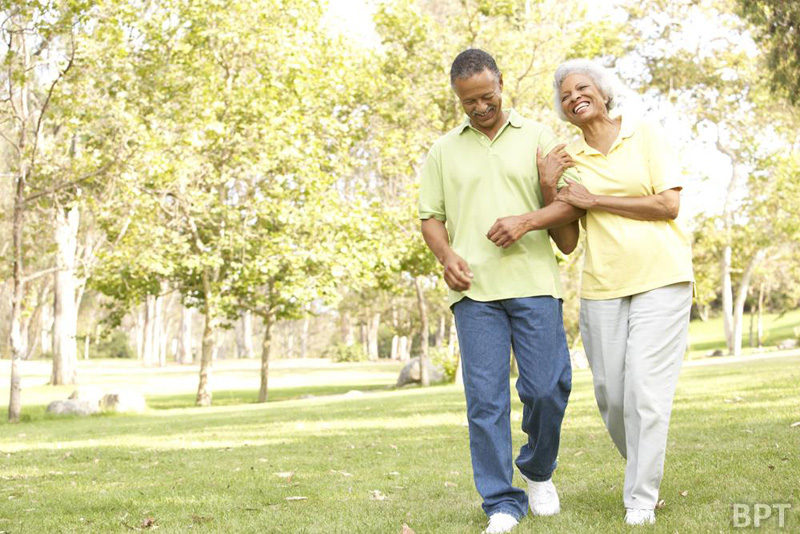(BPT) – Balance in all aspects of life is a good thing. We work hard but make time for fun, love our children while setting boundaries, and eat healthy to enjoy a sundae on Friday night. But mental equilibrium isn’t the only kind of balance that’s important in life. Good physical balance can help older people avoid the debilitating and potentially life-threatening complications of a fall.
Falls are the leading cause of fatal and non-fatal injuries among older people, according to the Centers for Disease Control and Prevention. In 2010, 2.3 million fall injuries sent older folks to emergency rooms, 662,000 required hospitalizations, and falls cost $30 billion in direct medical costs, the CDC says.
“Preventing falls among older Americans is a top health priority, and improved balance can help reduce the risk of a fall,” says Dr. Matthew Garoufalis, a podiatrist and president of the American Podiatric Medical Association (APMA). “Proper footwear can help improve balance, especially in older people who may struggle with mobility and balance issues.”
When selecting a shoe to improve balance, keep these guidelines in mind:
* Put shoes to the test – the APMA’s 1-2-3 test. Step 1 – Press on both sides of the heel area to ensure the heel is stiff and won’t collapse. Step 2 – Bend the shoe to check for toe flexibility. The shoe shouldn’t bend too much in the toe box area, but it shouldn’t be too stiff and inflexible either. Step 3 – Try twisting the shoe; it shouldn’t twist in the middle.
* Have your feet professionally measured every time you shoe shop. Natural aging and health changes can cause the size of your feet to change. Measure both feet – late in the day – and shop for the larger foot.
* Bring the type of socks you plan to wear with the shoes and walk around the store in the shoes before you purchase them.
* If you don’t feel comfortable or steady in the store, don’t buy them. Shoes should feel comfortable and supportive right away; if they don’t feel good right away, breaking them in won’t improve things.
* If you have specific health challenges or foot issues, talk to a podiatrist about the best footwear for your needs. If your podiatrist has prescribed orthotics – biomechanical inserts that go into your shoes – take them with you when you shop and try them out in the shoes you’re considering.
* Quality shoes can be an investment. Before you buy, check to see if the brand and style you’re considering have earned the APMA’s Seal of Acceptance and Seal of Approval. The organization grants these seals to products found to promote good foot health.
To learn more about foot health, selecting proper footwear, and where you can find a podiatrist in your area, visit www.apma.org
Related items
What is Cholesterol?
Cholesterol is a waxy, fat-like substance that’s found in all cells of the body. Your body
What Is Osteoporosis?
A Bone Disease
Osteoporosis is a disease that thins and weakens the bones to the point tha
Heart Disease is the #1 Killer in US
Cialis 5mg prix en pharmacie en france
Ne sous-estimez pas cet exercice d’échauffement, ta






